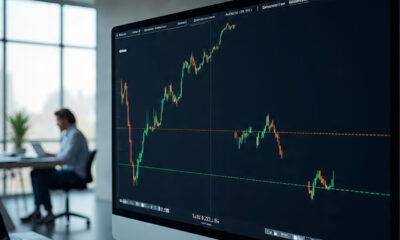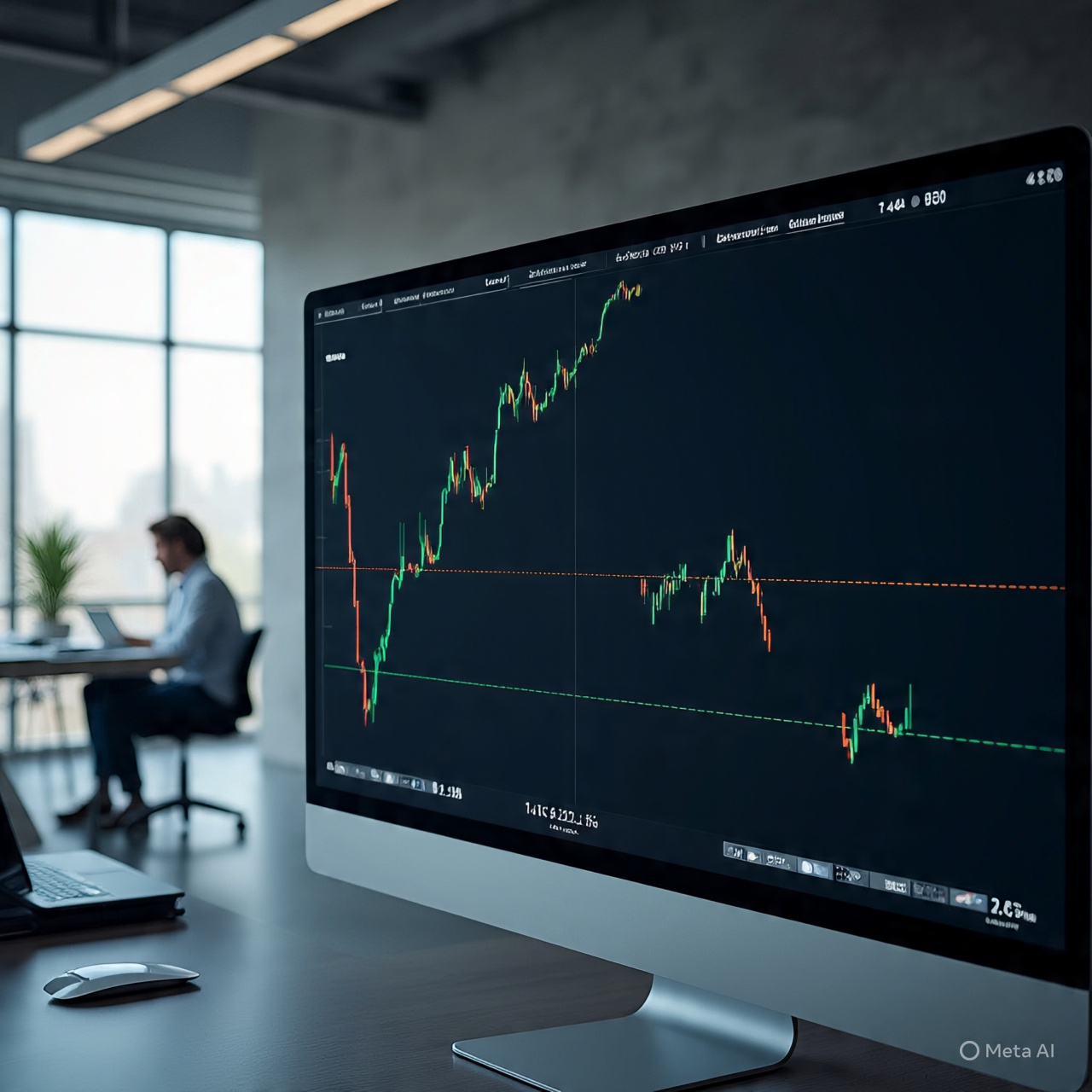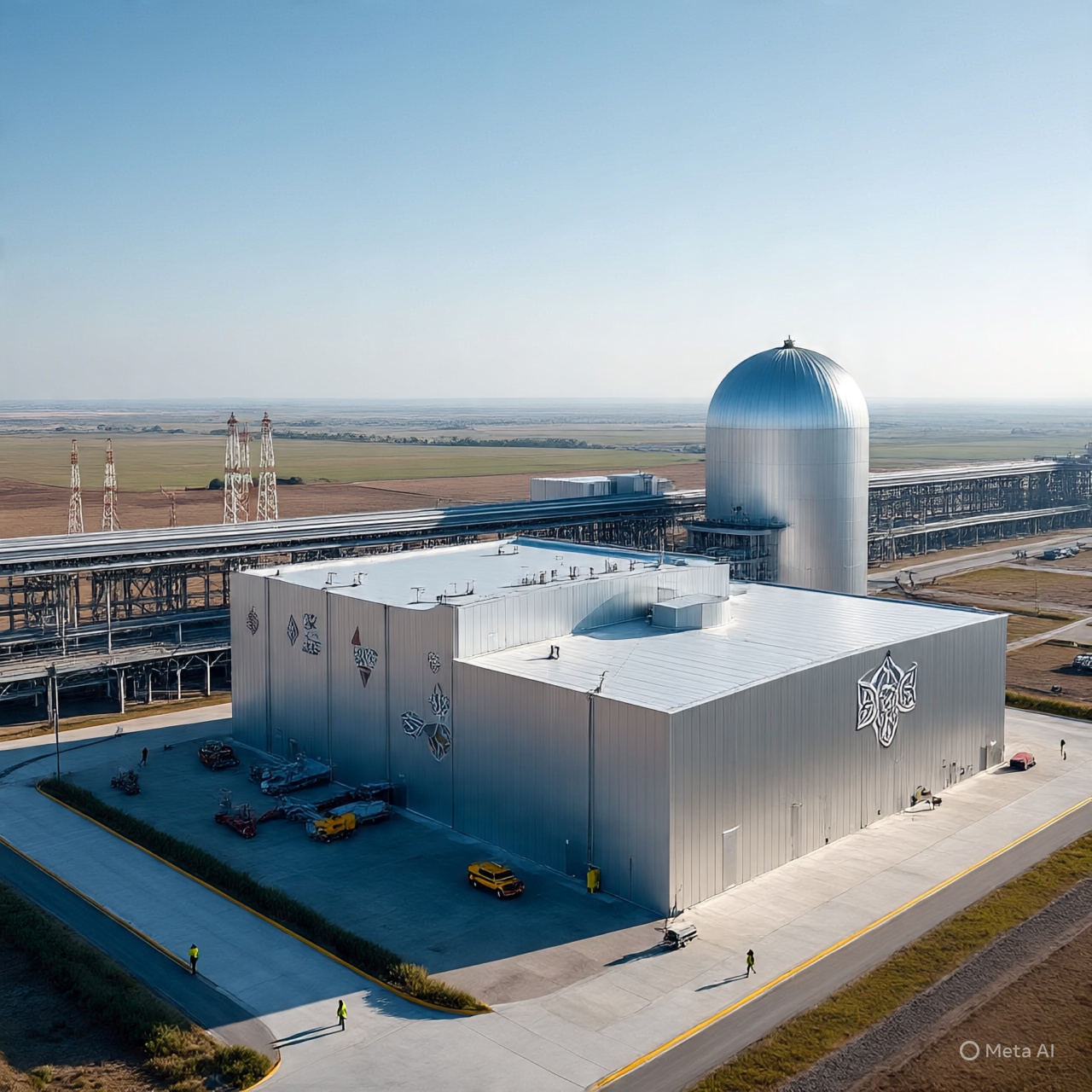China’s Accelerating Renewable Buildout
China’s pace of renewable energy adoption has surprised analysts worldwide. In just the first seven months of 2025, the country added more than 270 gigawatts of new wind and solar capacity — a scale that dwarfs the efforts of most other nations combined. This investment not only supports China’s own energy security but also strengthens its position as a manufacturing hub for energy-intensive industries such as:
-
Electric Vehicles (EVs)
-
Semiconductors and AI
-
Battery Storage
-
Industrial Robotics
By securing cheap, renewable energy at scale, China gains a structural advantage in powering the industries that will define the global economy over the next two decades.
Manufacturing Leadership: The Solar and Battery Edge
China’s dominance is not limited to domestic adoption — it also leads in manufacturing. Currently, Chinese companies control over 75% of the global market for solar modules and energy storage batteries. By leveraging massive economies of scale and aggressive pricing, they have driven down costs to levels competitors cannot easily match.
For example, in 2023, a solar module produced in Beijing was already 65% cheaper than one made in the United States. This cost advantage, combined with full control of the supply chain (from raw materials to final products), has created an almost insurmountable lead.
This mirrors the rare earths story: early investments gave China near-total control, and today rare earths are critical to defence, AI, and advanced electronics. Renewable energy could follow the same playbook.
The U.S. vs China: Diverging Policy Paths
While China accelerates investment, the U.S. has faced policy reversals. Recent rollbacks in renewable subsidies, cancelled funding programs, and delays in infrastructure projects have slowed momentum. Although initiatives like the Inflation Reduction Act support green investment, inconsistent policy direction risks leaving the U.S. behind.
China, on the other hand, is pursuing its “Made in China 2025” vision with discipline — ensuring not only that it adopts renewables but also owns the manufacturing of every key component.
Why This Matters for Investors
For investors, the implications of China’s renewable dominance are significant:
-
Global Supply Chain Control
-
Just as it did with rare earths, China could lock in control over renewable supply chains for decades. This would influence pricing, availability, and even geopolitical negotiations.
-
Pressure on Competitors
-
Investment Opportunities
-
Chinese renewable firms, global battery leaders, and companies tied to solar/wind supply chains could be major winners.
-
U.S. and European firms may benefit in areas of innovation (e.g., next-gen storage or grid tech) but face cost pressures.
Risks to Watch
-
Policy Shifts: Trade wars or tariffs could disrupt supply chains.
-
Overcapacity: Aggressive scaling sometimes leads to supply gluts, which could compress margins.
-
Technological Disruption: A new technology (such as advanced nuclear or hydrogen breakthroughs) could reshape the playing field.
Conclusion: The Next Trillion-Dollar Battle
China is no longer just catching up — it’s setting the pace in renewable energy. From massive solar farms to battery dominance, the country is reshaping how the world thinks about energy, manufacturing, and industrial competitiveness.
For investors, the parallels with China’s rare earths strategy are striking. Those who recognize the scale and speed of this transition early may have the opportunity to benefit from the industries and stocks that power the global economy of tomorrow.
⚠️ Disclaimer
This article is for informational purposes only and does not constitute financial advice. Always conduct your own research or consult with a professional financial advisor before making investment decisions.


 Dividend Stocks2 months ago
Dividend Stocks2 months ago
 Trending news2 months ago
Trending news2 months ago
 ASX Stocks2 months ago
ASX Stocks2 months ago
 ASX Stocks2 months ago
ASX Stocks2 months ago
 Trending news2 months ago
Trending news2 months ago
 ASX Stocks2 months ago
ASX Stocks2 months ago
 Dividend Stocks2 months ago
Dividend Stocks2 months ago
 Trending news2 months ago
Trending news2 months ago




